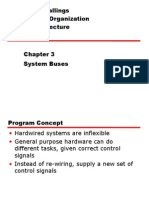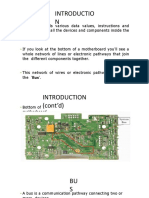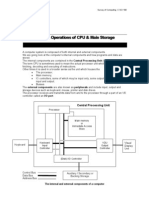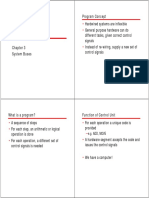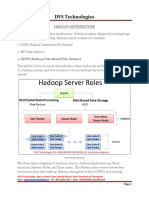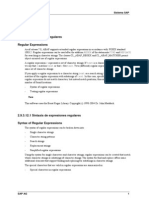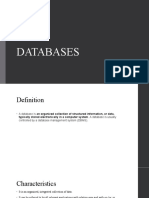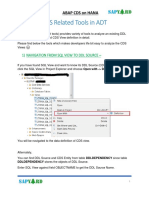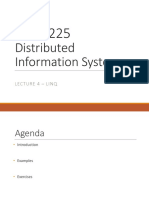0% found this document useful (0 votes)
27 views11 pages3 Bus Concepts and Microprocessor Operations
The 3-Bus concept describes the communication system within a microprocessor, facilitating data transfer between components via address, data, and control buses. Each bus serves distinct functions, such as addressing memory locations, transferring data, and carrying control signals, impacting overall system performance. Additionally, the document discusses microprocessor operations, including memory read/write and I/O operations, alongside the architecture and functionality of the 8085 microprocessor.
Uploaded by
w06810992Copyright
© © All Rights Reserved
We take content rights seriously. If you suspect this is your content, claim it here.
Available Formats
Download as PDF, TXT or read online on Scribd
0% found this document useful (0 votes)
27 views11 pages3 Bus Concepts and Microprocessor Operations
The 3-Bus concept describes the communication system within a microprocessor, facilitating data transfer between components via address, data, and control buses. Each bus serves distinct functions, such as addressing memory locations, transferring data, and carrying control signals, impacting overall system performance. Additionally, the document discusses microprocessor operations, including memory read/write and I/O operations, alongside the architecture and functionality of the 8085 microprocessor.
Uploaded by
w06810992Copyright
© © All Rights Reserved
We take content rights seriously. If you suspect this is your content, claim it here.
Available Formats
Download as PDF, TXT or read online on Scribd
/ 11





